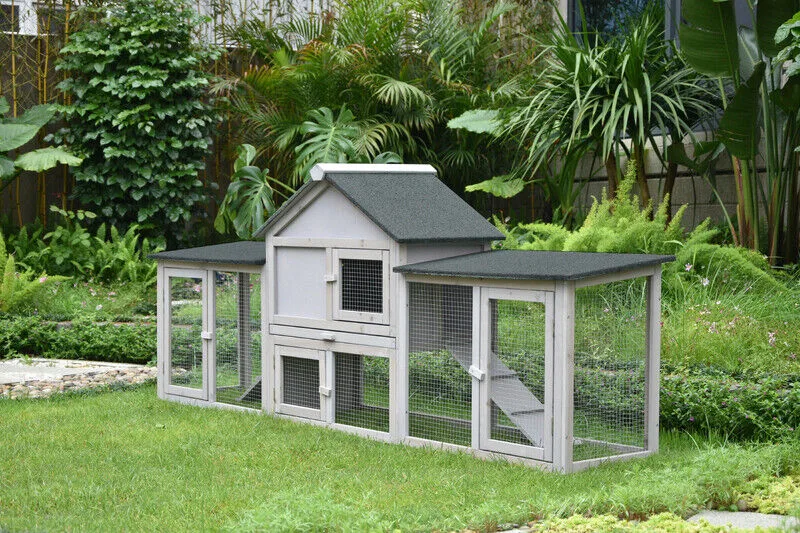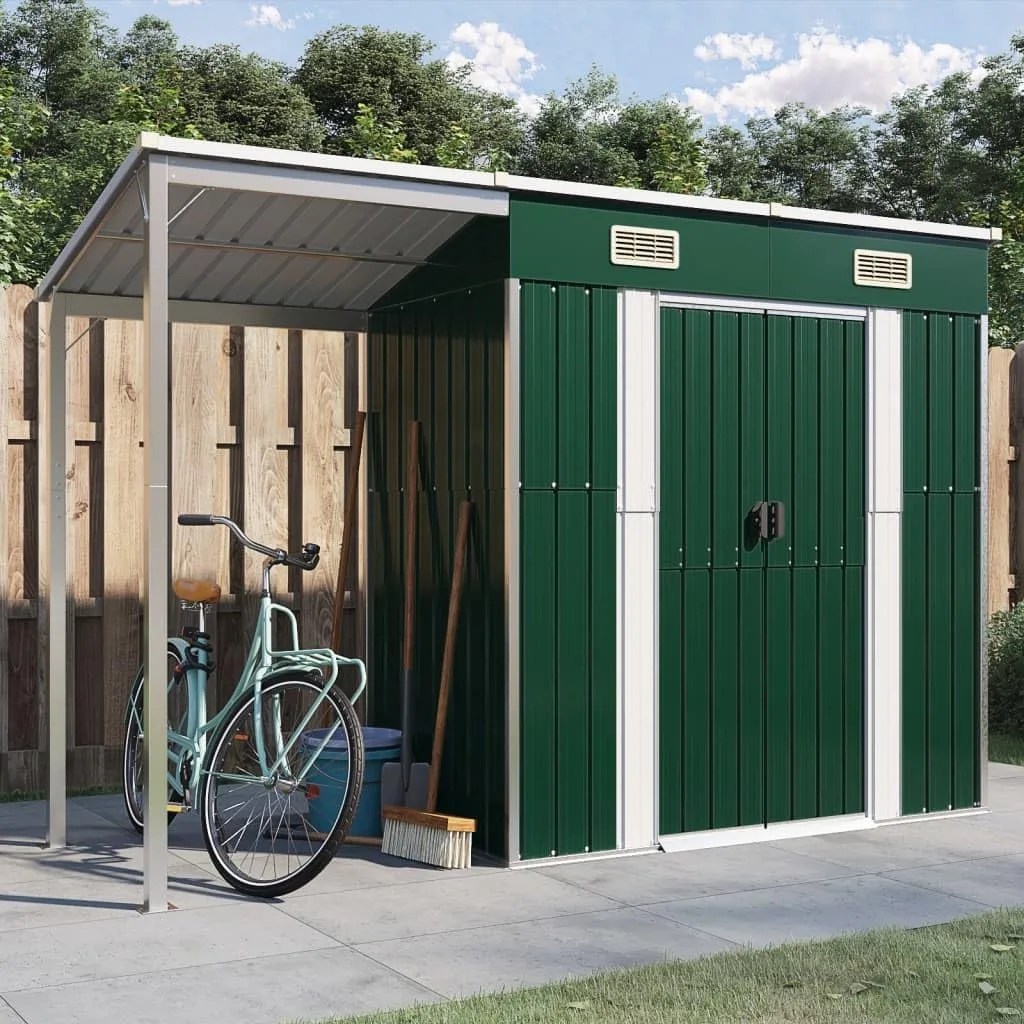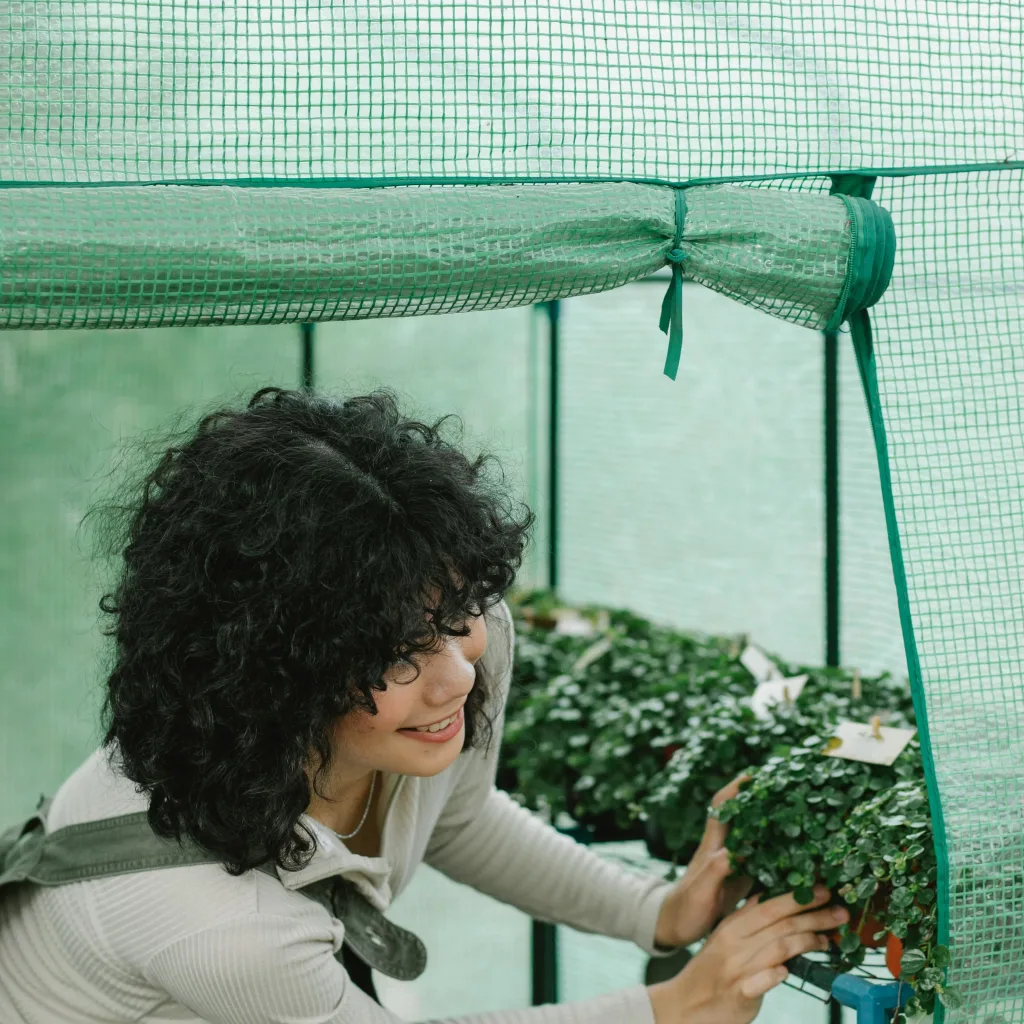Building the Perfect Chicken Coop: Ensuring Safety and Happiness for Your Chickens
Building a chicken coop isn’t just about giving your chickens a place to stay; it’s about creating a safe, comfortable home where they can thrive. This article will guide you through the essential requirements and innovative tips to help you design a coop that ensures your chickens are happy and healthy.
Understanding Basic Chicken Coop Requirements
Space Requirements
Each chicken needs at least 0.3 to 0.4 square meters inside the coop and about 1 square meter in the run. Ample space helps prevent stress and behavioral issues among chickens in a coop.
Ventilation Needs
Proper ventilation is crucial to keep the air fresh and to prevent respiratory issues. Ensure your coop has openings near the roof to allow hot air to escape and fresh air to circulate.
Protection Against Predators
Secure Fencing
Use hardware cloth instead of chicken wire for fencing to protect against predators. Ensure it is buried at least 30 centimeters underground to prevent digging.
Roof and Flooring Solutions
A solid roof and secure flooring protect chickens in coop from aerial and ground predators. Consider a concrete floor to deter rats and snakes.
Comfortable Bedding and Nesting Areas
Types of Bedding
Pine shavings or straw are ideal for bedding as they are absorbent and easy to clean. Avoid cedar shavings as they can be toxic to chicken coop chicken.
Designing Nesting Boxes
Each box should be 30×30 centimeters and filled with soft bedding. Position the boxes in a dark, quiet corner of the coop.
Accessibility and Cleaning
Ease of Access for Humans
Build doors that are wide enough for easy access. This makes it simpler to clean the coop and handle the chickens.
Cleaning Features
Include features like removable trays under roosts and walls that can be hosed down to simplify the cleaning process.
Water and Feeding Systems
Types of Feeders and Waterers
Consider hanging feeders and nipple waterers to keep feed and water clean and reduce waste.
Placement Tips
Place waterers in the shade to keep the water cool and feeders away from perches to prevent contamination.
Lighting and Insulation
Natural vs. Artificial Lighting
Natural light is best, but in winter, artificial lights can supplement the shorter days to keep egg production steady in a chicken coop with chickens.
Insulating for Weather Conditions*
Proper insulation keeps the coop warm in winter and cool in summer. Use materials like foam or fiberglass sparingly to avoid pecking.
Health and Safety Features
Preventing Diseases
Maintain cleanliness and monitor your flock regularly for signs of illness. Good coop design reduces dampness and drafts, which can lead to health issues in what do chicken coops need.
Safe Materials and Construction
Use untreated wood and safe paints. Avoid sharp edges or loose wire that could injure the chickens in











No comment yet, add your voice below!